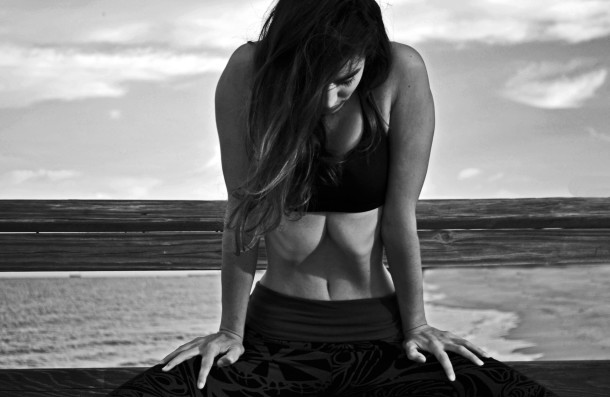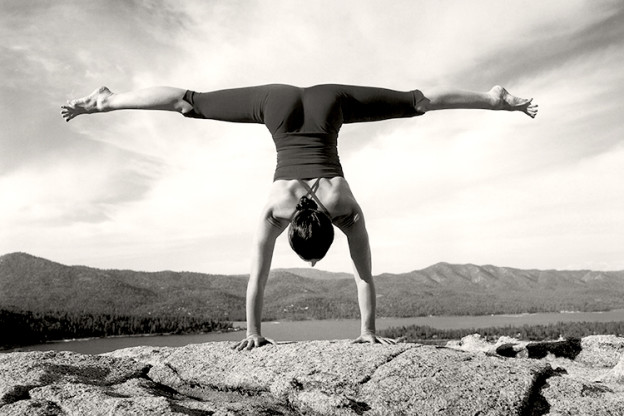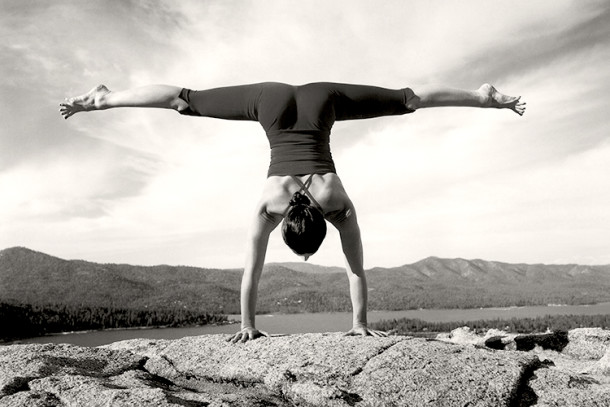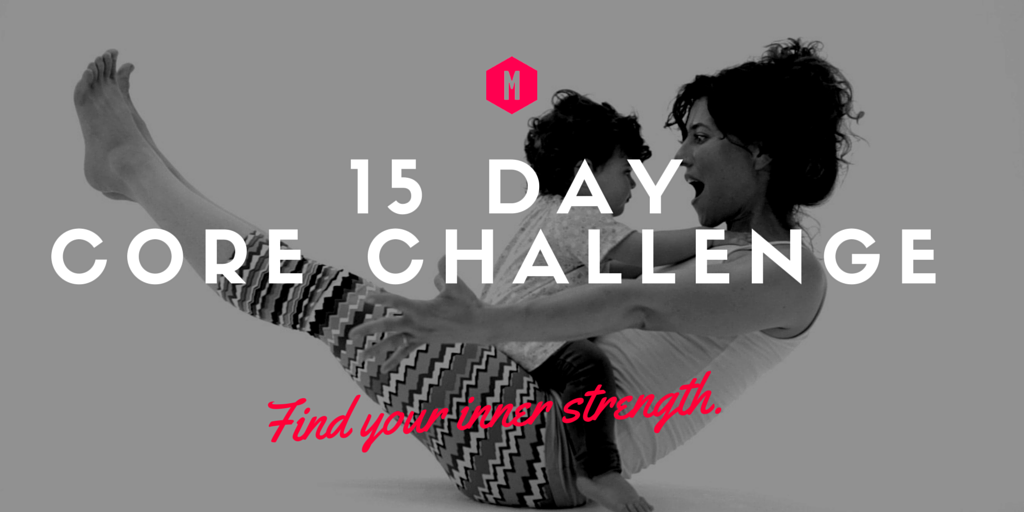Forrest Yoga is an intensely physical, grounding and healing yoga practice. But what is it and how is it different from the myriad of other yoga styles out there?
“If you want to use yoga to heal emotional pain, you must find out where it resides in your body and learn to take your breath there. I don’t teach yoga to help people to transcend. I want people’s Spirits to reside in their body. I literally want to help people embody their Spirit, not go through life fragmented.” – Ana T. Forrest.
This modernised version of Hatha Yoga was founded by Ana Forrest, an internationally recognised pioneer in yoga and emotional healing. Creating this style of yoga while working through her own healing from life’s traumatic events, Ana has since passed her highly developed teachings of the human body and psyche on to thousands of licensed practitioners around the world.
The practice is built on the basis of four pillars: breath, strength, integrity and spirit. In other words, Forrest Yoga classes puts an emphasis on: finding connection in the body through deep breathing; becoming centred through core strength; becoming self aware of your ‘edges’; and finally, creating a sense of freedom on and off the mat. Through teaching asana (or postures), breathing and awareness to the movement of energy through the body, these elements create an intensely physical and internally focused yoga practice.
You don’t need to be strong or flexible to attempt Forrest Yoga; all you need is a willingness to learn. Whether you’re brand new to yoga or a well-seasoned practitioner, this style can offer you many benefits. Read on to learn more about what sets this style apart from others.
I. Carefully Designed Sequences
One of the greatest things about Forrest Yoga is that its sequencing is designed as an intelligent system. It is structured around long ‘holds’, rather than moving quickly through the poses, so that you can warm up your muscles and adjoining tissues. Along with breath, these movements oxygenate the muscles so that you can get that little bit deeper into that ‘juicy’ feeling!
There is no particular set sequence, so the practice can be adapted to all levels and physical abilities, as well as adjusted toward pregnancy and injuries. In fact, students are encouraged to listen closely to their ‘edges’ and take an active role in their own individual healing.
Generally, a class will start with a warm up of pranayama (breathing exercises), a hip opener or side bend, abdominal work and shoulder work – especially the famous ‘Turbo Dog’ and Dolphin pose variations. Then, it will move into the ‘hot’ part of the practice, which involves more of a slow flow of standing postures, arm balances, inversions and possibly backbends. Warming down, the practice evolves into poses that unravel the body further and let it unwind from the intensity.
Rather than jumbling everything together, the sequencing is built around a specific area of focus that lead up to ‘peak’ poses – for example, opening the hips. The poses in each sequence are designed to help you open up and prepare your body to reach these peaks, so that you are left feeling rejuvenated rather than feeling tweaked.
The practice can be hugely rehabilitative for people with injuries. Traditionally, this style is taught in a heated room to benefit the suppleness of your joints and muscles. It also offers a range of effective modifications for those working with injuries.

II. Engaging The Core
What most separates Forrest Yoga from other styles is its emphasis on building core strength. This is the part of the body that we can benefit from tremendously in our modern day lives, and often find difficult to connect to.
The work is designed to get people connected to their core, physically as well as emotionally. It is a great warm up at the beginning of the class, getting into the shoulders, spine, and hips.
Practicing these intense core sequences is beneficial for intestinal health. For those of us who tend to suffer from lower back pain, working the core can help tremendously to create strength and in turn support the lower back.
III. Releasing The Neck
Relaxing the neck is another unique element to Forrest Yoga. In this age, the majority of us, if not all of us, suffer from neck tension. We use our head and strain our necks way too much – just think about your posture when bowed over your laptop or iPhone.
Relaxing the neck aids in releasing some of that tension. It also teaches us to use our legs and our core in order to hold us up, rather than always leading from the head and neck. Relaxing the neck also helps in releasing the jaw and scalene muscles. It allows us to get blood and energy flowing to the brain, ultimately letting us feel more!
As Ana Forrest says, the neck is the bridge between the intelligence of the mind and the wisdom of the body, so relaxing the neck opens the communication between the two.
IV. Using Strength In Postures
Through practicing long holds and strong postures, Forrest yoga challenges you to test your ‘edges’ in order to create a sense of freedom.
Another unique and famous element that you will learn as a student is the Turbo Dog. This inversion is designed to enforce the ‘wrapping of the shoulders’ action. Through practicing this ‘wrapping’ motion, the shoulder blades wrap around toward the armpits and allow us to lift up between our shoulders. The purpose of this fierce pose is to create stability and strength in the muscles surrounding the shoulders, so that you can let go of the built up tension in other parts of the body.
Through practicing Forrest Yoga, we can learn to release tension from our bodies and encourage a deeper connection to both the physical and emotional. It will help you take that feeling from the mat into your daily life. As a student, it will challenge you to use the asana (postures), breathing and awareness as a path toward finding and cleansing the emotional and mental blocks that dictate our lives.
> Try our Forrest Yoga video series >
This post was written by Kristi Johnson, a London-based certified Forrest Yoga Teacher, originally hailing from New Zealand. Discovering the physical, emotional, and spiritual practice of yoga when moving to Hong Kong in 2003, Kristi became qualified as an Anusara Yoga teacher and began her teaching career. It is through Forrest Yoga that Kristi found healing, and discovered the true power and unfolding beauty in her own life. Practice Kristi’s live classes and workshops from anywhere.








Leave a Reply